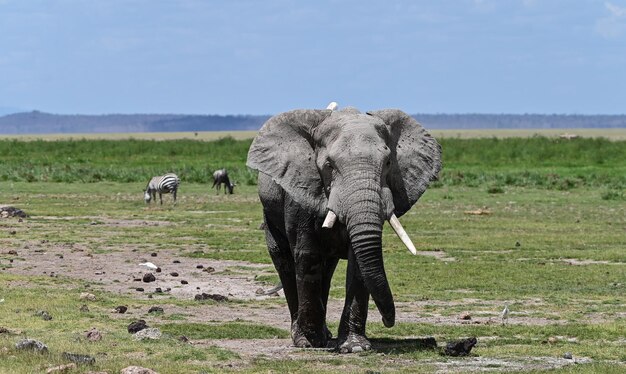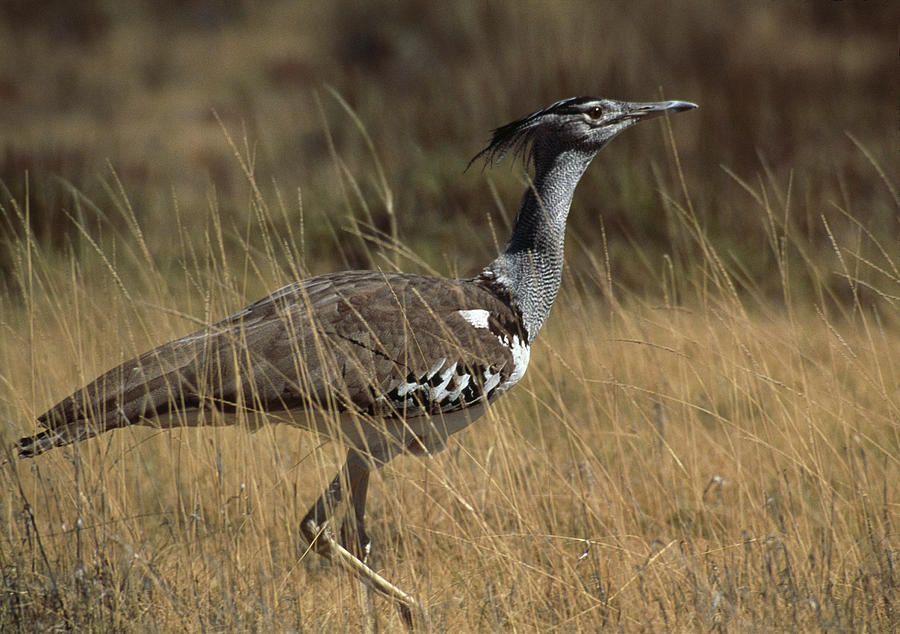Tarangire Safari Insider: Tarangire National Park is one of the hidden gems and national parks in Tanzania, offering an incredible safari experience for both wildlife enthusiasts and bird lovers on an African Safari. Located in the northern part of the country, Tarangire is famous for its large herds of elephants, iconic baobab trees, and diverse birdlife. This park is less crowded than the more famous Serengeti National Park or Ngorongoro Crater, yet it offers some of the best game viewing in Tanzania, especially during the dry season from June to October. Here’s a look at what makes Tarangire Safari a must-do for anyone seeking an authentic African adventure with Agasaro safaris.
Meet Tarangire’s Elephants
Elephants are the star attraction of Tarangire National Park. The park is home to one of the highest concentrations of elephants in northern Tanzania, particularly during the dry season. When water sources in the park dry up, the Tarangire River becomes a critical lifeline for wildlife, and herds of elephants often gather in large numbers, sometimes as many as 300 elephants in a single sighting!
These elephants are not only a key part of the park’s ecosystem, but they are also one of the main reasons people come to Tarangire. Watching these majestic creatures interact, including young elephants playing in the river, is a magical experience.

The Baobab Trees: A Timeless Icon
One of the most unique features of Tarangire National Park is its towering the Iconic baobab trees also known as “The Tree of life” are of Known for their distinct upside-down appearance, these ancient trees have stood for centuries, some over 1,000 years old. Their massive trunks and sparse branches create a stunning contrast against the vast African landscape, making them a favorite subject for photographers-the baobab isn’t just a tree — it’s a storybook of the savannah.
The baobabs are not just beautiful but essential to the park’s ecosystem. They provide shelter to various bird species, and their fruit is a vital food source for many animals, including elephants. The sight of these trees scattered across the savannah is a true symbol of Africa’s wild heart.

Bird Watching in Tarangire: A Birder’s Paradise
If you’re a birding enthusiast, Tarangire National Park should be at the top of your list. With over 550 recorded species, including migratory and endemic birds, the park offers exceptional bird-watching opportunities. Silale Swamp, one of the park’s hidden gems, attracts a wide variety of birds, especially during the rainy season when it becomes a vibrant ecosystem.
Birds such as the Yellow-collared Lovebird, Red-and-Yellow Barbet, and African Fish Eagle are commonly seen, along with larger species like the Secretary Bird and Kori Bustard. Whether you’re a seasoned birder or a casual observer, the variety of species in Tarangire will leave you in awe.
Did you know? Tarangire is particularly popular for bird watching because it has both migratory and resident species, making it a year-round destination for birding.
A Rich Wildlife Experience
While elephants steal the show, Tarangire is also home to an array of other wildlife. Expect to see African wild dogs, lions, giraffes, zebras, and wildebeest roaming the plains. The park is also famous for its large population of buffaloes, and game drives in Tarangire are always filled with excitement in this game reserve for wildlife viewing. It is a home to the rare species such as the fringe-eared oryx and the long-necked gerenuk which are rarely seen in other parks.
One of the most exciting aspects of Tarangire’s wildlife is the opportunity to witness the annual wildebeest migration. While the migration is most famous in the Serengeti National Park, Tarangire sees a share of these magnificent creatures as they move in search of food and water and also visit Mountain Kilimanjaro while on your Luxury Tanzania safari.
Book our Tanzania safari packages here!
Best Time to Visit Tarangire
The best time to visit Tarangire National Park is during the dry season from June to October. During this time, animals gather around the Tarangire River, making it easier to spot wildlife. The cooler temperatures also make for more comfortable game drives, and the lack of rainfall means that the landscape is drier, giving visitors better visibility of wildlife.
However, if you’re interested in bird watching, consider visiting during the wet season (from November to April), when migratory birds flock to the park and the landscape is lush and green.
Pro tip: Tarangire can be easily combined with a visit to Lake Manyara National Park and Serengeti National Park, creating the ultimate safari itinerary in northern Tanzania.
Conservation and Sustainable Tourism
Tarangire National Park is committed to wildlife conservation and sustainable tourism. Local communities play a significant role in preserving the park’s natural beauty, and eco-friendly lodges and camps have been established to minimize the impact on the environment. Visitors are encouraged to participate in responsible tourism practices, such as respecting wildlife and supporting local initiatives. By supporting these eco-friendly lodges, visitors contribute to the ongoing conservation efforts that help preserve Tarangire’s wildlife for future generations.
Conclusion: Tarangire Awaits
Whether you’re looking to see massive herds of elephants, discover vibrant bird species, or experience authentic game drives in the heart of Africa, Tarangire National Park is a destination that will exceed your expectations. The park offers a perfect blend of iconic wildlife, stunning landscapes, and unforgettable safari experiences.
Plan your Tanzania safari tour today and explore the wonders of Tarangire—one of the most captivating parks in northern Tanzania. With Tarangire Safari experiences that range from exhilarating game drives to serene birding walks, this park offers something for every traveler. It’s time to immerse yourself in the magic of Tarangire, where nature’s beauty and wildlife thrive in perfect harmony.
FAQs
Q: What makes Tarangire National Park unique?
A: Tarangire is known for its large elephant herds, iconic baobab trees, and exceptional birding opportunities. It offers a more secluded, less crowded safari experience compared to other major parks like Serengeti or Ngorongoro Crater.
Q: When is the best time to visit Tarangire?
A: The best time is during the dry season, from June to October, when wildlife gathers around the Tarangire River, offering excellent viewing opportunities.
Q: Can I see the wildebeest migration in Tarangire?
A: While the wildebeest migration is most commonly associated with the Serengeti, Tarangire sees herds of wildebeest and zebras during the dry season, making it an excellent location for wildlife viewing.
Q: What wildlife can I expect to see in Tarangire?
A: Tarangire is home to elephants, African wild dogs, lions, giraffes, zebras, wildebeest, and many other species. The park offers some of the best game viewing in Tanzania.
Q: How can I contribute to conservation while visiting Tarangire?
A: By staying at eco-friendly lodges and supporting local conservation initiatives, visitors help contribute to the sustainable tourism efforts that protect the park’s wildlife and environment
